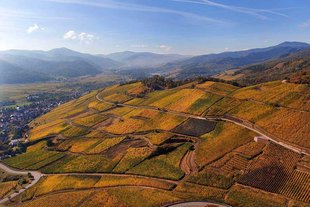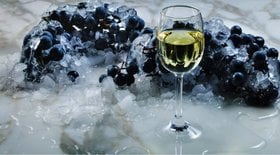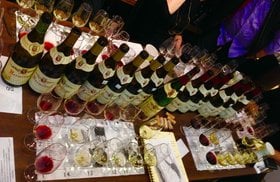Grand Cru Wine: Classification by Region, 8 Best Bottles (2025)
With a name that means “great growths,” Grand Cru wines ought to be the best of the best.
What does it take for a bottle of French wine to be embellished with the Grand Cru title? Is it the same in Bordeaux, Burgundy, and other wine regions?
This article will unravel all about Grand Cru wine in France, and the classification norms in each wine region.
We also have a list of 8 magnificent Grand Cru wine bottles (with wine tasting notes) for you to experience.
Fancy adding one to your collection? We have the perfect solution for you to invest in a Grand Cru Wine with ease.
Further reading
- Step into the world of Fine Wine Investment with this detailed guide.
- Want to choose a grand wine for your next party? Check out these red Bordeaux Wines and these delicious Riesling bottles!
What is a Grand Cru Wine?
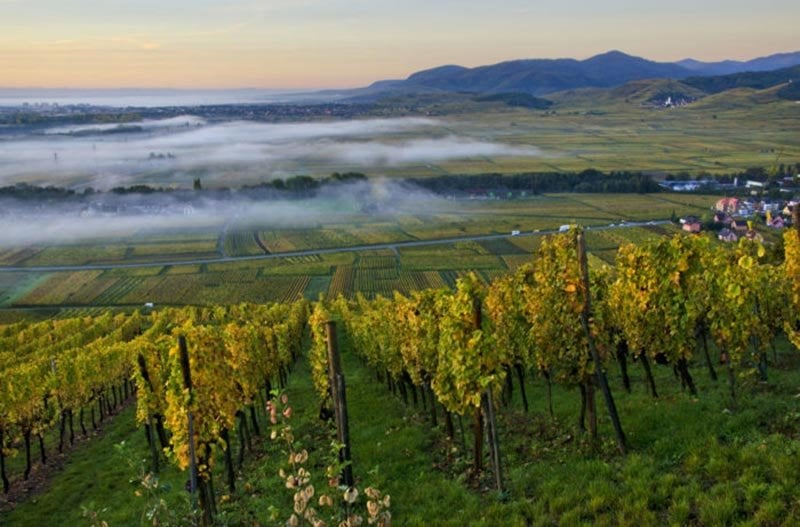
Grand Cru refers to the top-tier classification of French wine. In general, the term refers to a winery or vineyard with terrific terroir that produces consistently high-quality vintages.
However, it’s history and interpretation is different in each of the French wine regions. For example, in Burgundy, this wine term on a wine label refers to a specific vineyard, while in Bordeaux, it indicates a prestigious winery.
Before we get into the details, let’s take a quick look at the difference between Grand Cru and Premier Cru.
Premier Cru vs Grand Cru Wine
Depending on the wine region, the wine term “cru” can refer to vineyards with similar characteristics in soil and terroir, or it can refer to high-quality wines or wineries.
- The term Grand Cru (Great Growth) refers to a particular winery in Bordeaux and Grand Cru Burgundy point to a specific vineyard. The Grand Cru status is the most respected wine classification within the Appellation d’origine controlee (AOC.)
- Premier Cru (1er Cru or First Growth) is just a notch below Grand Cru in Burgundy and Bordeaux.
To understand the Grand Cru status a bit more, let’s take a closer look at how it came to be.
A Brief History Of Grand Cru Wine
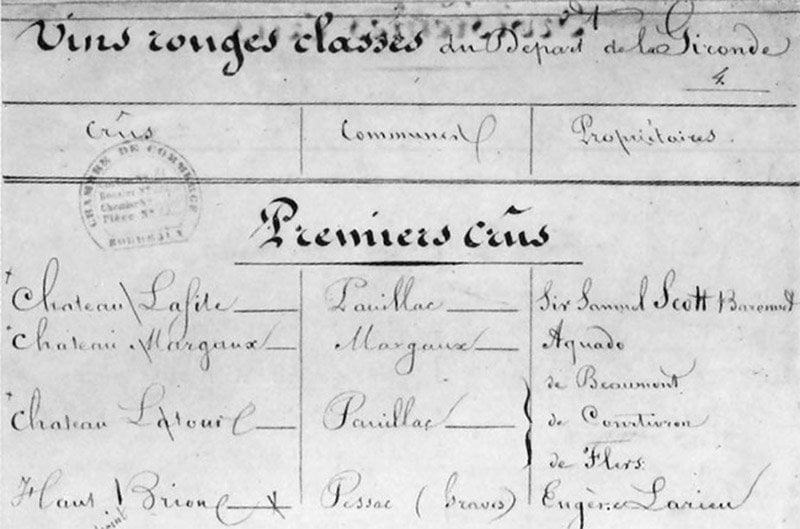
The first mention of Grand Cru was found in the middle ages when the Cistercians and the Catholic Church classified each vineyard according to quality. Monks experimented in each vineyard to produce good quality wine with a similar body, color, and aroma.
Although Burgundy started using a Grand Cru concept in the medieval period, it was Bordeaux that first formalized its wine classification system. Here’s the chronology of events:
- 1855 classification of the Left Bank Bordeaux (Médoc, Sauternes & Barsac)
- 1861 classification of Burgundy
- 1950 classification of Champagne
- 1955 classification of Right Bank Bordeaux (St. Emilion)
- 1975 classification of Alsace
While all the French wine regions have some kind of “Grand Cru” classification, the meaning of Grand Cru differs in each appellation.
Discover What It Takes To Have Grand Cru Status (By Region)
Not all Grand Cru wines are created equal due to different winemaking techniques, viticulture, vine age, and terroir of different regions.
Let’s look at what it takes for a wine to be labeled a Grand Cru wine.
1. Burgundy
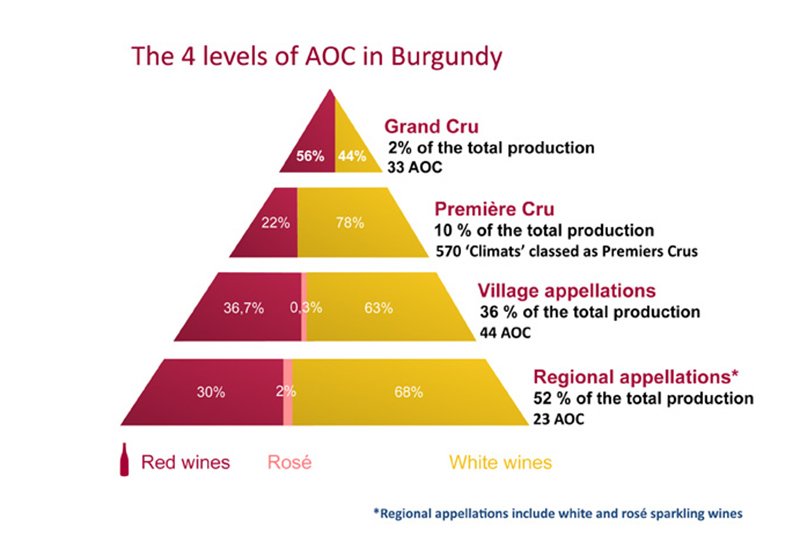
Grand Cru wines only represent around 1% of the total production of Burgundy wine, and they are the rarest and most expensive wines. It is dominated by the Chardonnay grape variety for Grand Cru white wines, while Pinot Noir dominates the Grand Cru red wine selection.
The classification in Burgundy is all about the vineyards and terroir. Most geographic areas with Grand Cru status in Burgundy are split into different sections and are owned by multiple wineries.
The Grand Cru Burgundy wine classification system is based on the observation of the Cistercian and Benedictine monks of white and red wine in Cote d’Or and has four levels:
- Grand Cru Wine
- Premier Cru Wine
- Village Wine
- Regional (Bourgogne) Wine
There are six sub-regions in Burgundy that host numerous Appellation d’Origine Controlee (AOCs.) The three most prominent ones are:
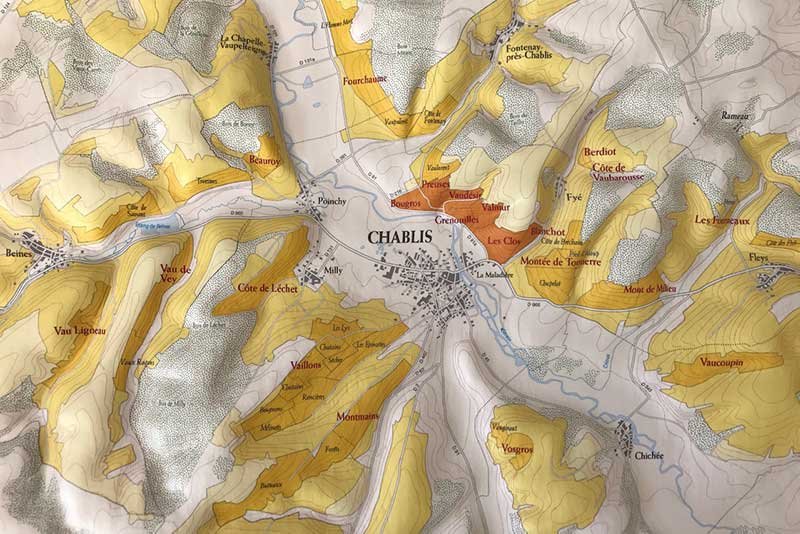
- Chablis: Chablis wines are classified into Grand Cru, Premier Cru, Chablis, and Petit Chablis.
The Chablis Grand Cru vineyard status applies to the Chardonnay vines that are found on the southwest-facing hills overlooking Chablis. The wines are made from seven vineyards, including Preuses, Grenouilles, Valmur, and Blanchot.
2. Cote de Nuits: There are 24 Grand Cru vineyards in the Cote de Nuits region, the most famous of which are Vosne Romanee and Chambolle Musigny. Over 80% of the wines produced are Pinot Noir, and the remaining are Chardonnay, Marsannay, or Rose.
3. Cote de Beaune: Chardonnay is the most prominent grape varietal in seven of the Grand Cru vineyards in Cote de Beaune. Both Premier Cru and Grand Cru vineyards are scattered throughout the area, including the prestigious Corton and Montrachet Grand Crus.
2. Bordeaux
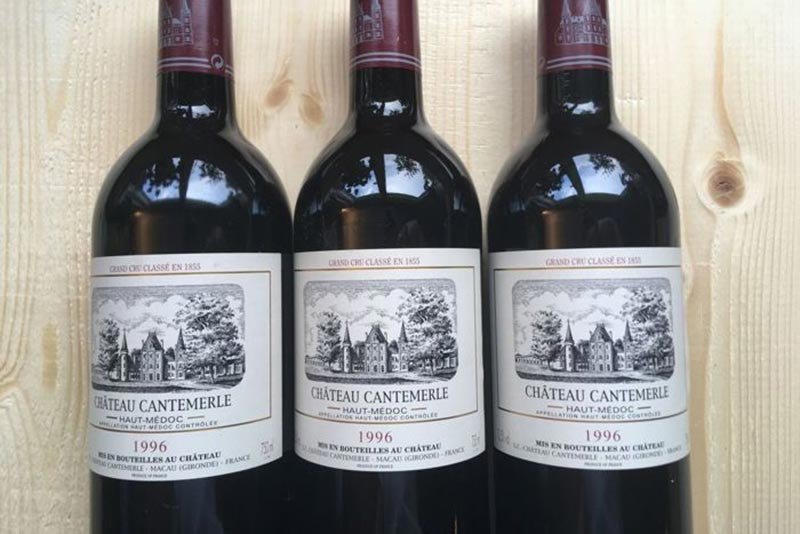
In Bordeaux, the Grand Cru classification began by order of Emperor Napoleon III in 1855. This Grand Cru classification system works a bit differently. It is the winery that holds the Grand Cru status. This means the winery can add any vineyard to its holdings, and they are automatically granted Grand Cru status.
There were 61 Chateaux in the original classification, with the top tier labeled as First Growths going down to Fifth Growths. These Grand Crus are split into two different systems - the Left Bank and the Right Bank.
A. Right Bank (Saint-Émilion)
In St Emilion, the vineyard must be located in the Grand Cru designated area. There are more than 200 vineyards in this region and hundreds of wines labeled as Saint Emilion Grand Cru.
The first classification of Saint Emilion wines took place in 1955 and is revised every ten years.
The word “classe” or “classed” is vital to the Saint-Emilion Grand Cru appellation. The Grand Cru Saint Emilion can be easily compared to the Bordeaux Superieur designations.
According to the latest (2012) classification, there are four Premier Grand Cru Classe “A,” 14 Premiers Grand Cru Classe “B,” and 64 Grand Cru Classes.
B. Left Bank (Médoc, Graves, Sauternes, and Barsac)
The best wines from the Medoc, Graves, and Sauternes regions were organized in 1855 into a group known as the “Les Grands Crus Classes.” The top-level wines are referred to as Premier Grand Cru.
The five levels are:
- Premieres Crus / Premier Cru Supérieur (First-Growths / 1er Cru)
- Deuxiemes Crus (Second-Growths)
- Troisiemes Crus (Third-Growths)
- Quatriemes Crus (Fourth-Growths)
- Cinquiemes Crus (Fifth-Growths)
In 1973 there was a sole revision of the Left Bank Classification, where Chateau Mouton Rothschild was promoted from Deuxieme Grand Cru Classe to Premier Grand Cru Classe.
The Graves region introduced its single-tier classification for wines in 1959. This classification simply categorized 16 properties as Crus Classes.
Grand Crus in other French wine regions, such as Champagne and Alsace, also follow a different classification system.
3. Champagne
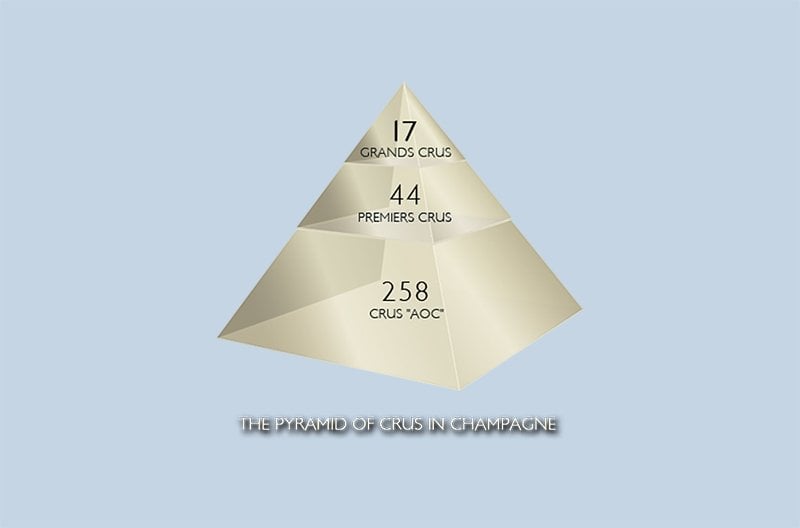
In the Champagne region, the village that produces the wine is given Grand Cru status. The system was developed as a pricing mechanism by growers who sold grape varieties to winemakers.
Only 9% of the Champagne wine region is classified as a Grand Cru.
Initially, only 12 villages received the Grand Cru status, and in 1985, five more villages were added to the list. Ambonnay, Beaumont-sur-Vesle, Le Mesnil-sur-Oger, and Chouilly are among the 17 Grand Cru villages in the Champagne region.
4. Alsace
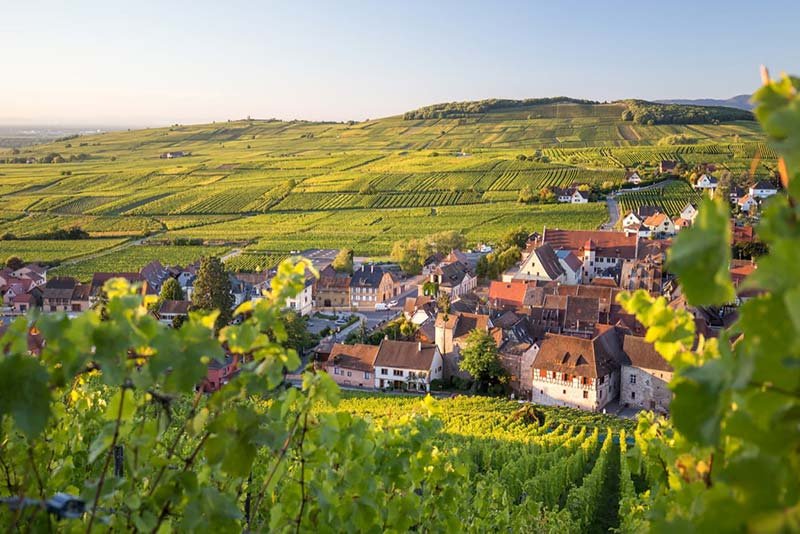
To be classified as a Grand Cru wine in the Alsace wine region, it needs to be produced from one of the 51 single named vineyards (“lieu-dits”) with a Grand Cru status.
Each vineyard has a different terroir but are all at an altitude between 200 and 300 meters. The vineyards range in size from 3-80 hectares. As of 2012, each of these vineyards has its own AOC status.
As of 2011, Alsace Grand Cru wines can be made from one of the four white grape varieties - Muscat, Riesling, Pinot Gris, and Gewurztraminer. The grape variety used in Alsace wine must be listed on the wine label.
Now that that classification is clear to you, how about experiencing the magic of a Grand Cru wine yourself?
8 Stunning Grand Cru Wines For You To Experience (Includes Tasting Notes, Prices)
Here are just eight of our favorite Grand Cru wines:
1. 2015 Domaine Leroy Musigny Grand Cru
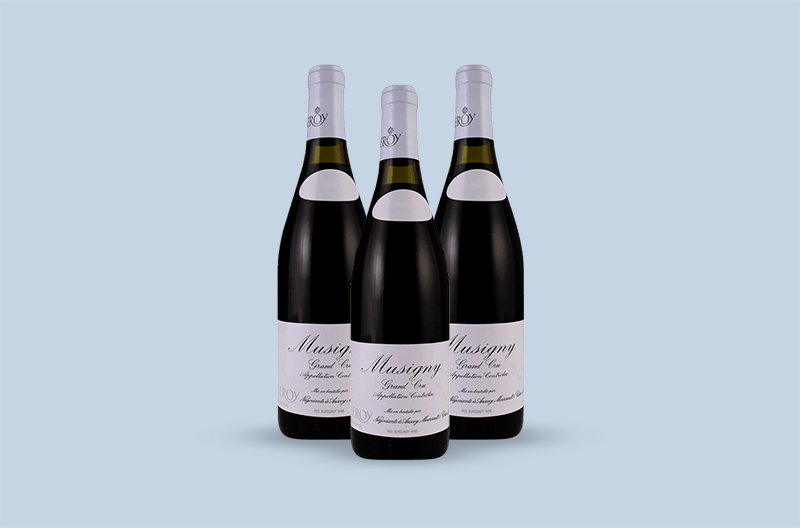
This gorgeous Domaine Leroy has a stunning bouquet of black raspberry, rose petal, cherry and spice. The wine is multidimensional with satiny tannins and crystalline purity on the palate.
Price of a 2015 Domaine Leroy Musigny Grand Cru, Cote de Nuits, France: $83,592
2. 2015 Domaine Georges & Christophe Roumier Musigny Grand Cru
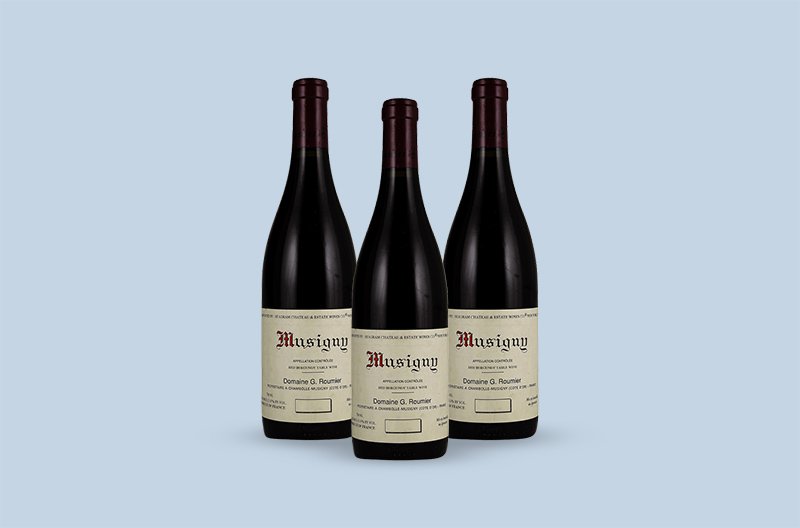
This great wine from Domaine Georges and Christophe Roumier has fruity aromas. On the palate, the wine is soft, and the velvety tannins lead you to a wonderful finish.
Price of a 2015 Domaine Georges & Christophe Roumier Musigny Grand Cru, Cote de Nuits, France: $20,772
3. 1991 Domaine Leflaive Montrachet Grand Cru
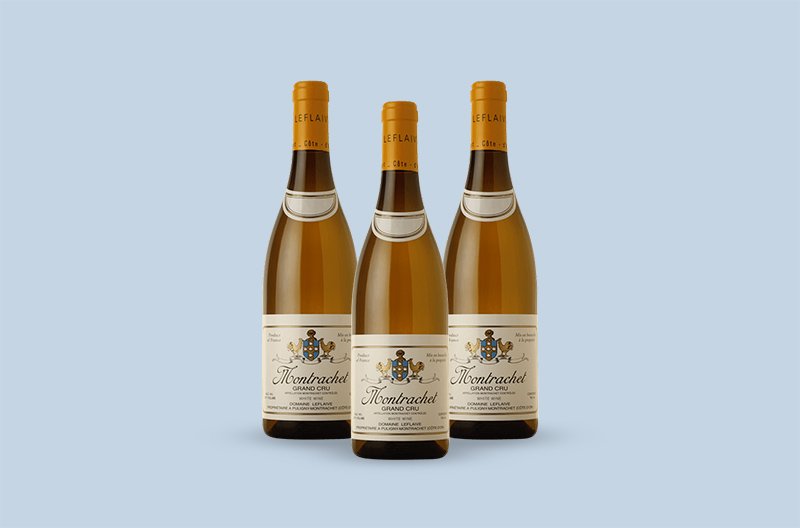
This Burgundy Grand Cru wine opens slowly with aromas of lily, olive oil, and artichoke. This is one of those Grand Cru wines that require some decanting before you can enjoy its full potential.
Price of a 1991 Domaine Leflaive Montrachet Grand Cru, Cote de Beaune, France: $16,018
4. 1996 Domaine Francois Raveneau Les Clos, Chablis Grand Cru
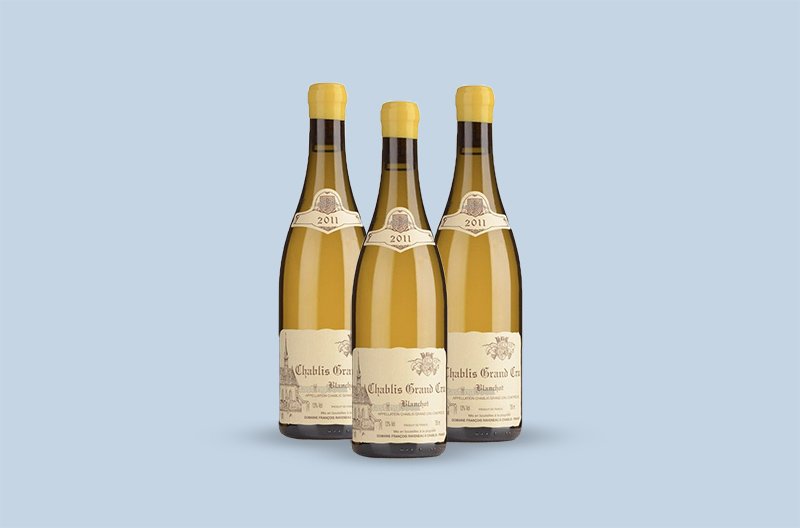
This 1996 vintage is one of the finest Chablis wines from a Grand Cru vineyard. It has aromas of intense orchard fruit, soft vanilla spice, and a gorgeous freshness. On the palate, it has notes of flint, vanilla, and apple.
Price of a 1996 Domaine Francois Raveneau Les Clos, Chablis Grand Cru, France: $2661
5. 2000 Chateau Ausone, Saint-Emilion Grand Cru

This red wine has an expressive nose of black cherry, minerals, mocha, and raspberry. It is full-bodied with an astonishing power, suave tannins, and an extraordinary mineral finish.
Price of a 2000 Chateau Ausone, Saint-Emilion Grand Cru, France: $1507
6. 1990 Chateau Cheval Blanc, Saint-Emilion Grand Cru
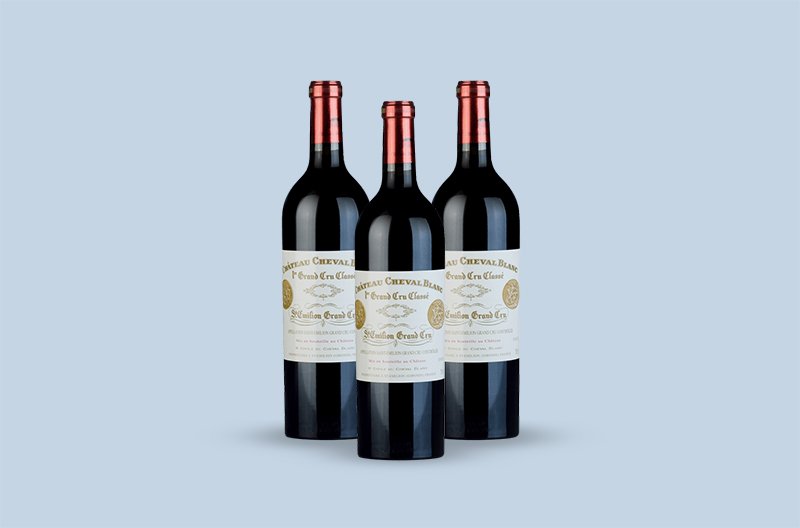
This stunning wine has a complex bouquet of fruitcake, sweet black fruits, tobacco, fig, and plum. It is full-bodied with a velvety texture and a persistent finish.
Price of a 1990 Chateau Cheval Blanc, Saint-Emilion Grand Cru, France: $1433
7. 2005 Domaine Weinbach Gewurztraminer Mambourg Quintessence de Grains Nobles Cuvee d'Or, Alsace Grand Cru
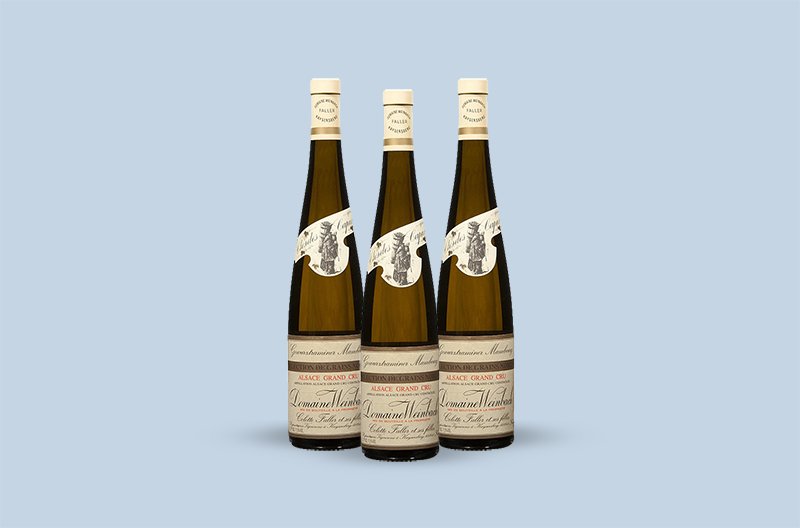
This creamy textured Gewurztraminer reveals a nose of litchi, candied citrus, and rose petal aromas. It displays a fantastic concentration of fresh citrus on the palate and a refreshing and refined finish.
Price of a 2005 Domaine Weinbach Gewurztraminer Mambourg Quintessence de Grains Nobles Cuvee d'Or, Alsace Grand Cru, France: $539
8. 2006 Domaine Zind-Humbrecht Riesling Brand Selection de Grains Nobles, Alsace Grand Cru
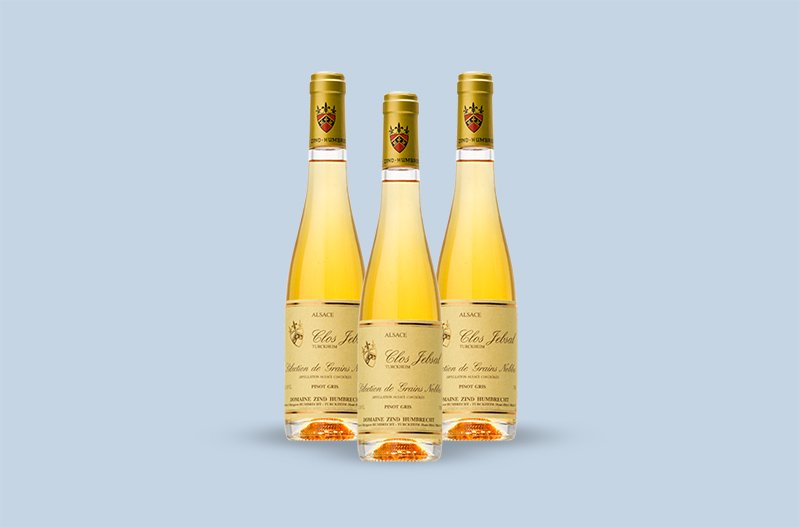
The expressive nose of this Alsace wine opens up with complex notes of fruit and honeyed wax aromas in the perfect wine glass. The extremely sweet palate has tasting notes of salted caramel.
Price of a 2006 Domaine Zind-Humbrecht Riesling Brand Selection de Grains Nobles, Alsace Grand Cru, France: $209
There’s no denying Grand Cru Wines are a favorite at any restaurant or wine bar (like the namesake Grand Cru Wine Bar and restaurant, for instance!) for a wine flight tasting.
But, how will they perform as an investment?
Why You Should Invest In Grand Cru Wines
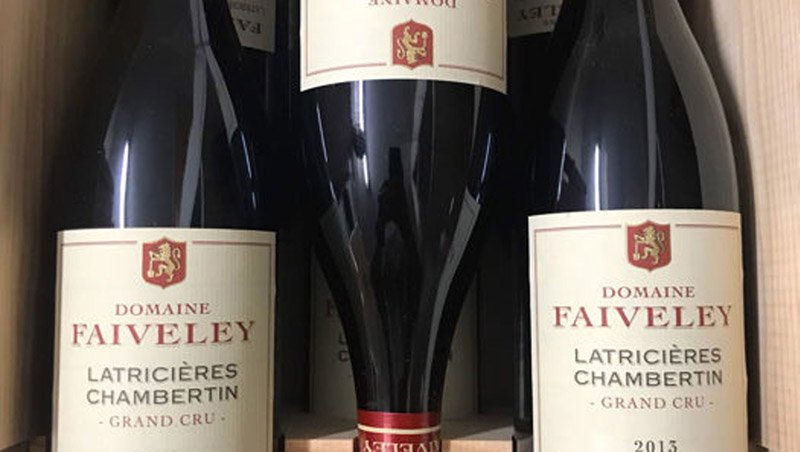
Grand Cru Wines from Bordeaux and Burgundy have long dominated the scene when it comes to fine wine investment. Most of these wines are produced in tiny quantities and are grabbed up by collectors who patiently await each release.
The most sought-after Burgundy Grand Cru wines are from the Cotes de Nuit and Cote d’Or regions. The 1990 Domaine de la Romanee-Conti from Burgundy grew by an impressive 21% to $31,200 per bottle in 12 months (April 2020 - April 2021.)
A bottle of Burgundy wine is a great region to start your collection of Grand Cru wine - for example, you should add the best vintages from Armand Rousseau, Domaine Leflaive, Domaine Leroy, and Meo-Camuzet to your wine selection.
Bordeaux Premier Cru Supérieur wines are great if you’re interested in a shorter investment period. There are some fantastic investment opportunities here that won’t break your bank! The 2016 Chateau Lafite Rothschild saw a steady increase from $774 - $959 (23%) per bottle from April 2020 to April 2021.
Bordeaux Premier Cru Supérieur wines are also an excellent choice for long-term investment.
But, how do you find the perfect Grand Cru wine?
You could spend days paging through Decanter Magazine and other online resources. Easier still, you could simply use the expert services from a world-class wine investment company like Vinovest.
Invest In Stunning Grand Cru Wines With Vinovest

Vinovestis a trusted online wine investment company that helps wine enthusiasts build a portfolio of fine wine from the best winemakers around the world.
Whether it's a Grand Cru Burgundy or Bordeaux wine or a Super Tuscan from Barbaresco or Barolo, you can build a high-performing portfolio with just a few clicks of your mouse!
Even better?
If you want to open a bottle of Burgundy Cabernet Sauvignon for a tasting or sell a Barbaresco wine to a buyer, Vinovest will handle the delivery.
How It Works
Investing in wine is as easy as 1-2-3-4.
- Sign up on the Vinovest website with your name and email address.
- Fill in an easy questionnaire to discover your investment style.
- Top up your new account with a minimum of $1,000.
- Start browsing wines selected for your style and add them to your portfolio.
Sit back with the best Barolo wine in your favorite wine glass and watch your portfolio grow in real-time!
Benefits Of Working With Vinovest
Having a high-performing portfolio isn’t the only benefit of investing through Vinovest.
A. Best Prices For Sought After Wines
Vinovest has a vast network of global wineries and trusted merchants to help you get the best price for your wine.
B. Easy Buying And Selling Using Ai-driven Technology
Vinovest’s AI-Driven easy to use platform means that you can buy and sell the best wines from the comfort of your home.
C. Curated Portfolio By An Expert Wine Advisory Team
Going from “wine enthusiast” to “seasoned wine collector” couldn’t get easier! You’ll have access to a team of Data Scientists and an Advanced Sommelier to help you get the best out of your wine investment portfolio.
D. Authenticity And Provenance
You can rest assured that Vinovest will do all the hard work to make sure that the wine you want for your portfolio is the real deal.
E. Optimal Storage And Safety
Vinovest will help you store your wines in state-of-the-art bonded warehouses that are monitored 24/7. The bottles will be left to age gracefully - the way great wine should.
F. Low Overall Costs
Vinovest's low annual fee of 2.5% (1.9% for portfolios above $50,000) covers your buying, selling, delivery, storage, authentication, and more.
Grab The Best Grand Cru For Your Collection
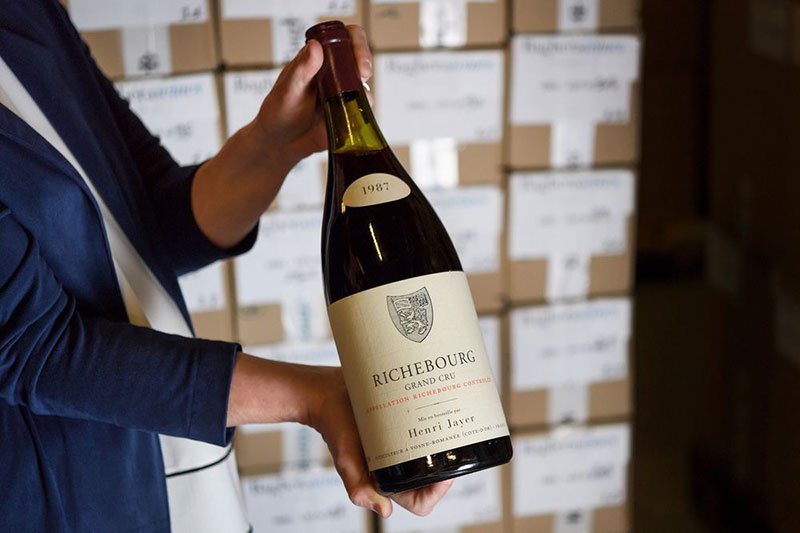
Whether it is a Burgundy Grand Cru or an Alsace label - no wine collection is complete without a Grand Cru wine.
And if you want to experience the beauty of these wines, just add them to your collection using the professional services from Vinovest.
Sign up with Vinovest today to start your journey with Grand Cru wines!
